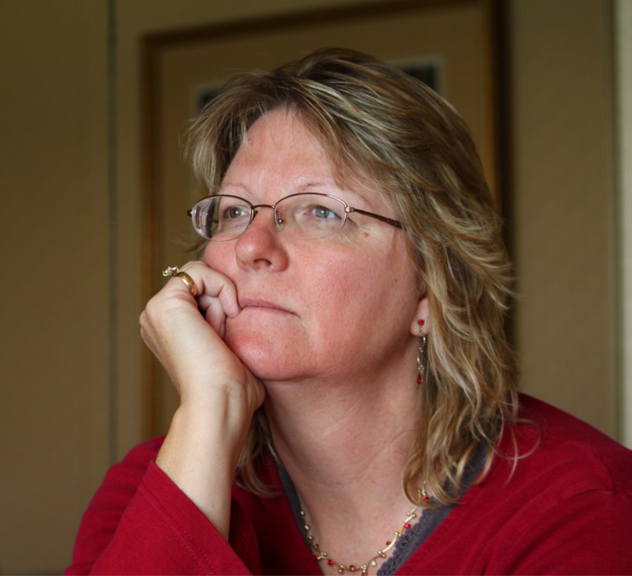It’s Time To Care About CAHSR
What’s the old adage – “Government always has the solution to a problem that doesn’t exist?” Right. Since before the turn of the 21st century, people have been buzzing that California should have a robust rail system, one to rival those found in Europe or Asia. We used to have that in California. They were called Red Cars operated by Pacific Electric Railway Company and they were removed and replaced mid-century for more “modern” freeways. Trains have since been used for freight movement, passenger travel within the state and for business commutes locally. Airports effectively moved people all over the world. This piecemeal system seemed to be working, albeit slowly at times.
Whether we needed it or not, by 2008 the bullet train concept had been studied and estimated to cost around $30-$45 billion to build. It was put on the ballot as Proposition 1A and called the “Safe, Reliable High-Speed Passenger Train Bond Act.” It was promoted as a 2.5-hour train ride for only $50 from San Francisco to Los Angeles. The proposed bond measure for $9.95 billion would be the start-up money for the project with public and private matching funds to come later. Voters narrowly passed it without realizing what a boondoggle it would soon come to be.
Now known as California High-Speed Rail, the project has grown exponentially from its original projections. In February 2022, the cost estimate rose to $105 billion for Phase I, San Francisco to Los Angeles, with more money to be added for the extension to Anaheim and Phase 2 to San Diego. No private partners have stepped forward to support it but the project has received funds from a wide variety of taxpayer sources including several federal infrastructure funds, taxes from businesses in the state through “cap and trade,” other bonds like Measure M and from Caltrans and Metro.
If this alone doesn’t make you nervous, there’s a lot more. The Burbank to Los Angeles section of the CAHSR has just cleared its environment review and is awaiting final decisions. There is no further opportunity for the public to comment but the final EIR/EIS can be reviewed at the CAHSR website at https://hsr.ca.gov/. It is a comprehensive document that details massive impact, affecting all parts of Burbank including the entire north end of the Hollywood Burbank Airport, Media Center, Empire Center and all arterials/over/underpasses through Burbank, Glendale and Los Angeles all the way to Union Station. The trains will cross the 5, 134, 2 and 110 and 101 freeways. Funding for the $950.4 million reconfiguration of Union Station, now called the Link US Project, has been acquired. High-speed trains are expected to arrive at Link US by 2040, 17 years from now – assuming everything runs on schedule.
On Sept. 2, the draft EIR/EIS for the Palmdale to Burbank section was released for public comment. This detailed document can also be found on the CAHSR website. Six routes were studied to connect a new Palmdale multi-modal station with the new Burbank underground station, north of the airport. The preferred alternative (SR14A) leaves Palmdale at-grade then goes underground at the 14 Freeway and travels through a series of long tunnels through Angeles National Forest near Acton, Agua Dulce and Santa Clarita and to the intersection of the 210 and 118 freeways and Hansen Dam. The route continues both above and below ground south-eastward through Pacoima and Sun Valley to the Burbank station at Hollywood Way and San Fernando Road.
All the alternatives that were studied will have considerable impacts to the communities surrounding the Crescenta Valley as we use the affected arterials to get to work, shopping and medical care. Two alternatives (E2A/E2 Refined) are particularly concerning to residents in Lake View Terrace and Shadow Hills as two tunnel portals would be constructed right in the center of housing tracts with trains traveling across the wash between them. The communities would essentially be cut into quadrants near Foothill/Wheatland and Wentworth and houses would be lost. This alternative has not been eliminated from consideration.
The entire project section from Palmdale to Union Station will require truckloads of cement and materials to be transported to construction sites and dirt “spoils” that will be taken by truck to the chosen dump location using area freeways. Air quality and noise levels are expected to exceed recommended thresholds for humans and wildlife. How long will it take to offset the carbon footprint created by this decades-long project? Also, rail operations will need significant upgrade to the power grid and equipment in multiple jurisdictions at a time when California has been mandated to go electric in all future vehicle purchases. It doesn’t make sense for such little benefit to our communities.
Projected ridership in 2040 for the Burbank station is 25,600 per day. The entire 520-mile stretch from SF to LA is projected to be 40 million annually. I wonder if these estimates will be even close to accurate … and if the travel fee will remain at $50.
What can you do?
1) Attend the online open house tonight, Thursday, Oct. 6 from 5-7:30 p.m. to learn more about the Palmdale to Burbank section and how to submit comments by Dec. 1.
2) Review the draft EIR/EIS to see how CAHSR affects you.
3) Attend the online public hearing on Tuesday, Oct. 18 from 3-8 p.m. Go to https://hsr.ca.gov/ for links and more detailed information.

Susan Bolan
susanbolan710@gmail.com
